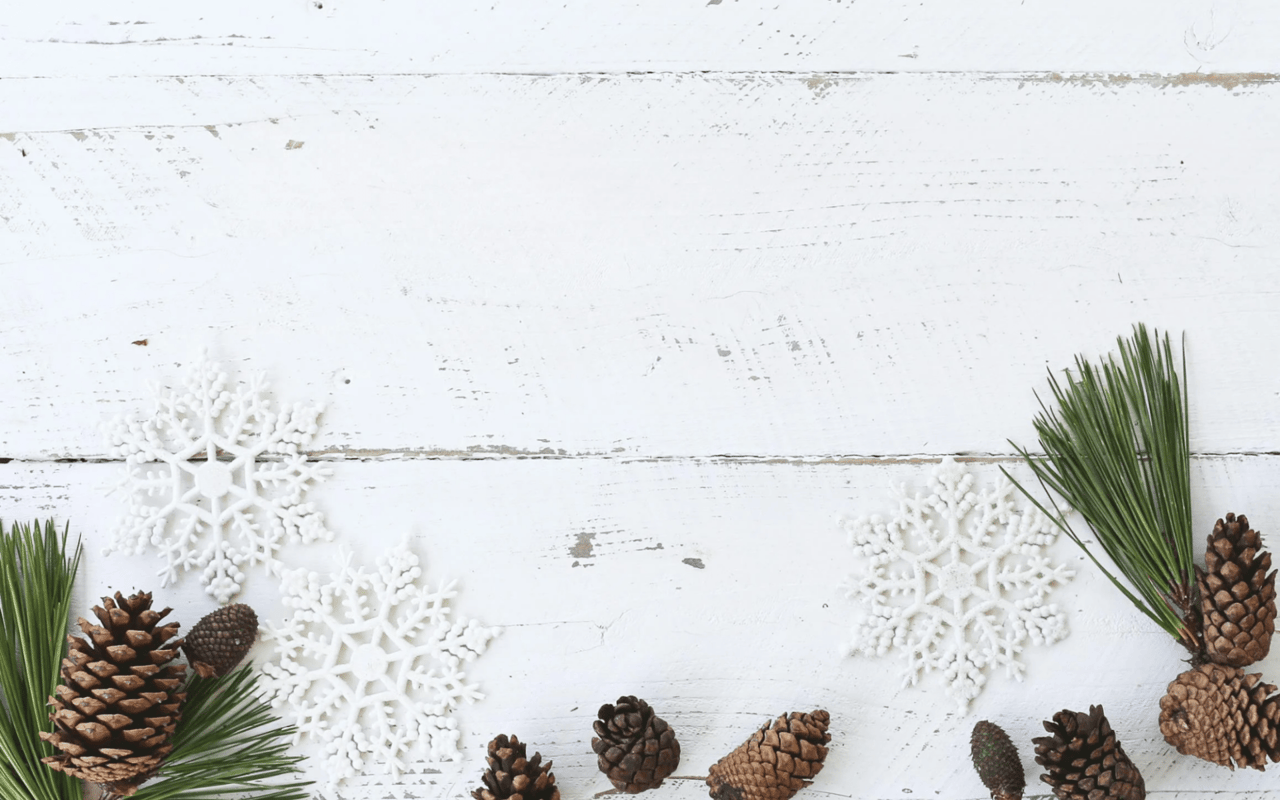As winter approaches, it's essential for homeowners in Nantucket, Mass., to prepare their properties for the cold, wet, and windy conditions. Winterizing your home protects it from potential damage and ensures a comfortable living environment during the colder months. With thorough preparation, you can enjoy the winter season in Nantucket with peace of mind, knowing your home is well-protected and efficient.
This guide will walk you through the essential steps to winterize a home, helping you safeguard your investment and maintain peace of mind throughout winter.
Inspect and Seal Windows and Doors
One of the most crucial steps in winterizing your home is to ensure that all windows and doors are properly sealed. Gaps and cracks around these areas can let in cold air, increasing your heating bills and making your home less comfortable. Start by inspecting the weatherstripping around doors and windows, replacing worn or damaged sections. Caulking gaps or cracks around frames will help keep the cold air out. Adding storm windows or thermal curtains can provide an additional layer of insulation, ensuring your home stays warm and energy-efficient during the winter.
Service Your Heating System
Your heating system plays a vital role in keeping your home warm during winter, so it’s essential to be serviced before the cold weather sets in. Schedule a professional HVAC inspection to ensure your furnace, boiler, or heat pump functions efficiently. Replace air filters, check for any leaks in ductwork, and ensure that the thermostat is working correctly. A well-maintained heating system improves your home’s comfort and reduces the risk of breakdowns during the peak of winter when you need it most.
Clean and Inspect Gutters
Gutters and downspouts are critical in preventing water damage to your home during the winter. Clogged gutters can lead to ice dams, which can cause water to back up under your roof shingles, leading to leaks and structural damage. Clean out all leaves, twigs, and debris from your gutters and downspouts, and ensure they are securely attached to your home. Inspect for any signs of damage or sagging that could prevent proper drainage. Installing gutter guards can help keep debris out, reducing the need for frequent cleaning.
Check the Roof and Attic
Your roof and attic are the first lines of defense against winter weather, making it essential to inspect and prepare them before the season begins. Start by checking your roof for damaged or missing shingles, which can lead to leaks and water damage during heavy snowfall or rain. It’s also important to inspect flashing around chimneys and vents to ensure it is intact and secure. In the attic, check for proper insulation and ventilation. Adding insulation can help maintain a consistent temperature in your home, reducing the strain on your heating system and preventing ice dams on the roof.
Protect Pipes from Freezing
Frozen pipes can lead to costly repairs and significant water damage, so it’s crucial to prevent them from freezing. Begin by insulating any exposed pipes in unheated areas of your home, such as the attic, basement, or garage. Pipe insulation sleeves or heat tape can provide additional protection. It’s also good to disconnect and drain garden hoses and shut off the water supply to outdoor faucets. Leaving a trickle of water running from indoor faucets on frigid nights can help prevent pipes from freezing.
Seal and Insulate the Basement
Basements can be a significant source of heat loss in a home, especially if not properly sealed and insulated. Inspect the basement for any cracks or gaps in the foundation and seal them with caulk or expanding foam to prevent cold air from entering. Adding insulation to basement walls and ceilings can help keep the space warmer and reduce energy costs. If your basement has windows, ensure they are sealed and consider adding window coverings to minimize heat loss. A well-insulated basement makes your home more comfortable and protects against frozen pipes and dampness.
Service the Chimney and Fireplace
If your home has a chimney or fireplace, it must be inspected and cleaned before using it during the winter. A professional chimney sweep can remove any soot, creosote, or blockages that could pose a fire hazard. Ensure the chimney cap is in good condition to prevent animals or debris from entering. Check the fireplace damper to ensure it opens and closes properly, and consider installing a chimney balloon or draft guard to keep cold air from entering your home when the fireplace is not in use.
Reverse Ceiling Fans
Reversing the direction of your ceiling fans is a simple but effective way to improve your home’s heating efficiency during the winter. In the summer, ceiling fans should rotate counterclockwise to create a cooling breeze. However, in the winter, they should rotate clockwise at a low speed to push warm air that has risen to the ceiling back down into the room. This can help evenly distribute heat throughout your home, reducing the need to constantly adjust your thermostat and lowering energy bills.
Test Smoke and Carbon Monoxide Detectors
The risk of house fires and carbon monoxide poisoning increases in winter due to heating systems, fireplaces, and space heaters. Ensure your smoke and carbon monoxide detectors are in good working order by testing them and replacing the batteries if needed. It’s also a good idea to install detectors on every level of your home, especially near bedrooms. Regular testing and maintenance of these devices are crucial for ensuring your family’s safety during the winter months.
Stock Up on Winter Supplies
Being prepared for winter weather means having the right supplies on hand. Stock up on essentials such as snow shovels, ice melt, and car scrapers to keep your home and driveway clear of snow and ice. If you use a snow blower, ensure it’s serviced and ready before the first snowfall. In case of a power outage, it’s also wise to have an emergency kit prepared with items like blankets, flashlights, batteries, and non-perishable food. These supplies will help you stay safe and comfortable during winter storms.
Trim Trees and Bushes
Heavy snowfall and ice can cause tree branches to break, potentially damaging your home or power lines. Before winter sets in, inspect the trees and bushes around your property and trim any overhanging branches or dead limbs. Keeping trees and shrubs well-maintained protects your home and reduces the risk of injury or property damage. Hiring a professional arborist to assess and trim larger trees is recommended to ensure the job is done safely and effectively.
Prepare Outdoor Furniture and Landscaping
To protect your outdoor furniture and landscaping from winter damage, store or cover items appropriately. Move outdoor furniture, grills, and other items into a garage or shed, or cover them with weatherproof tarps. Protect delicate plants by covering them with burlap or moving potted plants indoors. Draining and storing hoses and shutting off outdoor water features will prevent them from freezing and cracking. Properly preparing your outdoor spaces ensures they are in good condition when spring arrives.
About Sanford & Sanford Real Estate
When it comes to navigating the Nantucket real estate market, partnering with experts who understand the unique landscape is vital. With over a decade of experience and a proven track record of success, Amy and Henry Sanford of Sanford & Sanford Real Estate are the trusted choice for achieving your real estate goals. With over $125 million in lifetime sales and a commitment to making your real estate journey seamless and enjoyable, the Sanfords are ready to guide you every step of the way.
Contact Sanford & Sanford Real Estate to turn your Nantucket real estate dreams into reality.
Contact Sanford & Sanford Real Estate to turn your Nantucket real estate dreams into reality.




